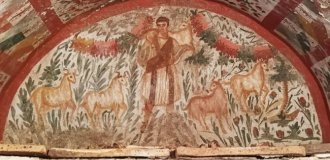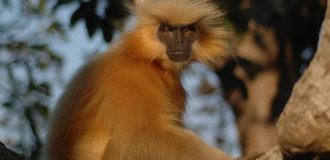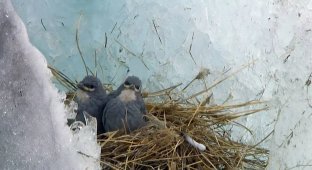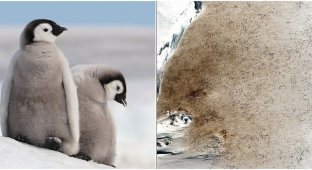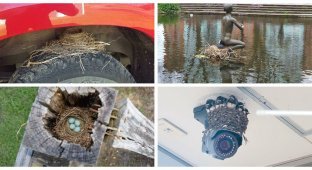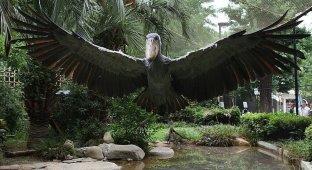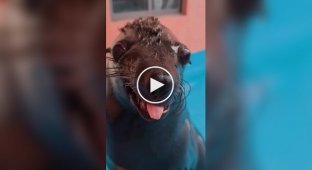High in the Andes, among the eternal glaciers, where it seems no living creature can survive, lives a small plump bird with gray-blue plumage. It lays eggs and hatches chicks right on the ice. 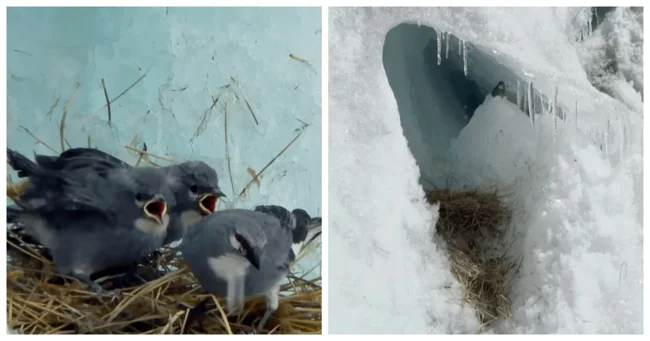
This is the only bird, besides the emperor penguin, that nests on the icy expanses - in the most seemingly unsuitable place for procreation. 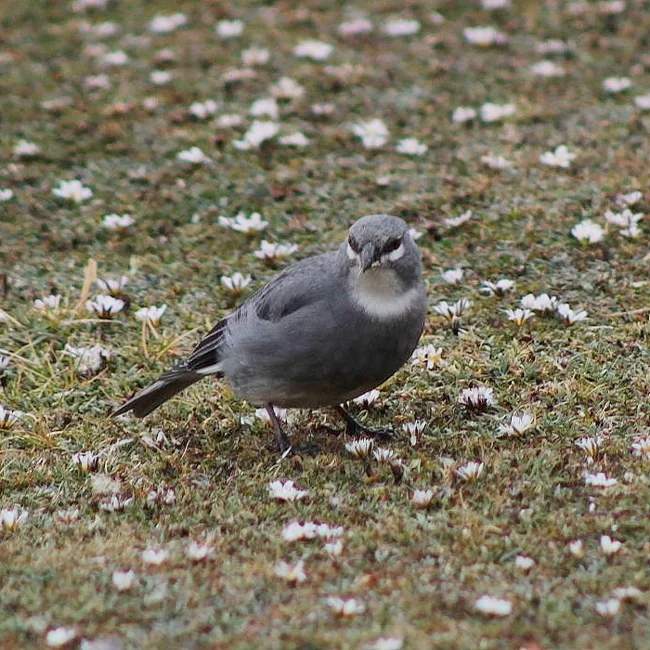
We are talking about the white-winged finch (Diuca speculifera), which is also called the white-rock diuca and glacier finch, which lives in the high-mountain meadows of Argentina, Bolivia, Chile and Peru. It belongs to the large family of buntings, whose representatives usually nest in the Arctic tundra. But only the diuca finch dares to build nests right in the icy desert, where severe frosts reign. 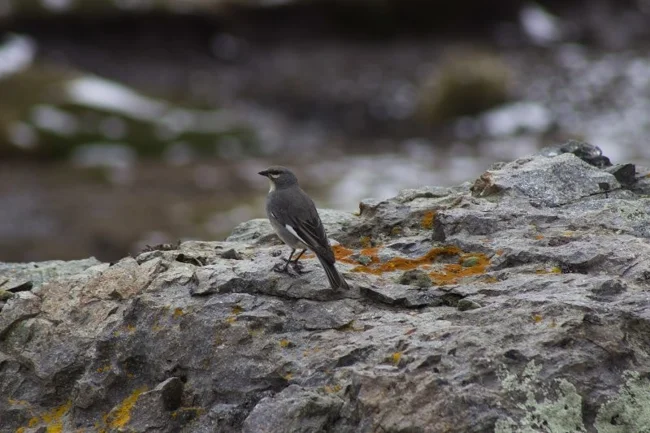
This unusual behavior was first discovered in 2003 by geologist Douglas Hardy from the University of Massachusetts during an expedition to the Peruvian Andes. The scientist was shocked to find several neat bird nests on a glacier at an altitude of almost 5,800 meters. One of them even had eggs. With each new trip, Hardy found more and more nests and even managed to photograph the mysterious bird. 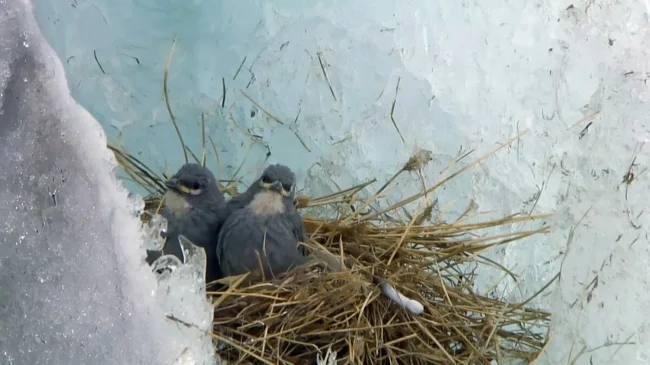
His nine-year-old son Spencer, a keen ornithologist, spent hours studying the photographs, consulting books. When his father brought back feathers found near the nests, an expert from the Smithsonian Institution confirmed that they were indeed white-winged finches. 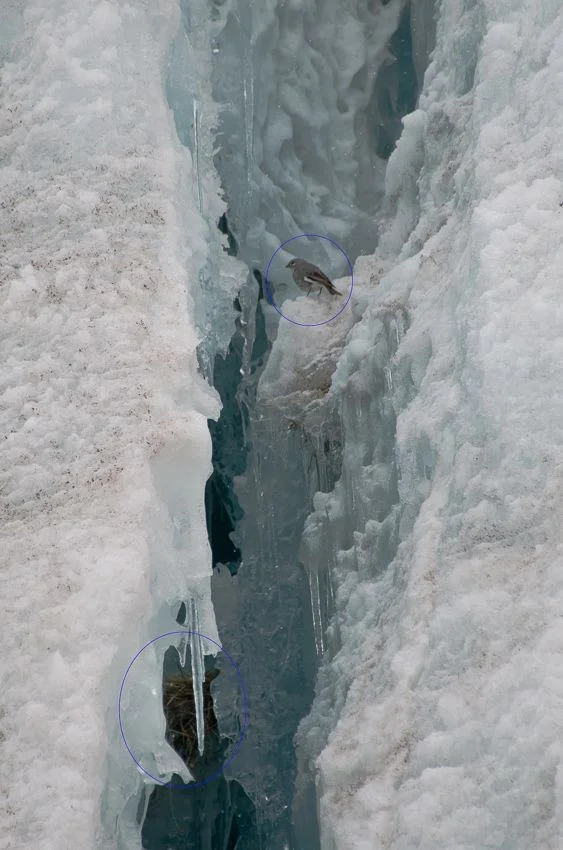
In 2008, Douglas Hardy published an article in the Wilson Journal of Ornithology. His son, then a schoolboy, co-authored the article. The scientist returned to the Andes many times, but found only empty nests. Only in 2014, active nests were discovered on the glacier for the first time. They resemble massive bowls made of grass, twigs and feathers, weighing up to 200 grams. The bottom of the nest reaches 25 centimeters in thickness - this is the only protection of the eggs from the icy cold. 
And in 2016, a BBC film crew managed to capture the first ever footage of Diuk finches nesting on an ice cliff in the Quelcaia glacier. 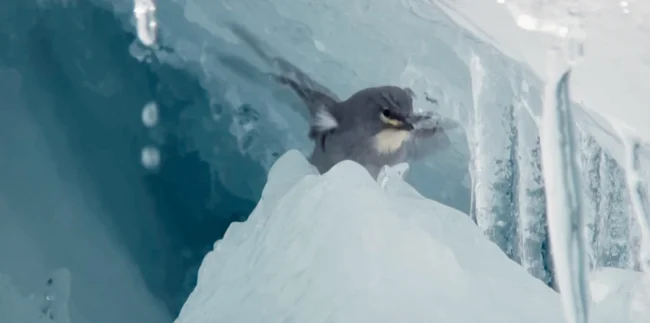
Although hatching chicks on ice is rare, many animals have adapted well to the cold. They are called chionophiles (from the Greek chion - "snow" and phile - "lover"). Among birds, passerines are most often found in such conditions, but there are others - for example, golden eagles from the order Falconiformes or crows from the corvid family. White partridges also tolerate the cold very well. 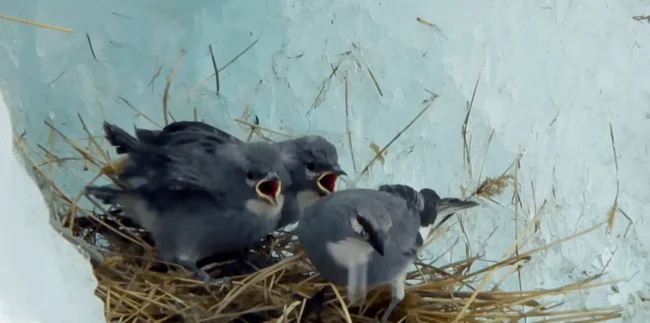
There are also many frost lovers among mammals: bison, musk oxen, elk, reindeer, mountain goats, mountain goats, chamois and bighorn sheep. Their thick fur helps to keep warm, but in the heat it becomes a problem - so they lie down right on the ice or look for cold air currents moving from glaciers. Predators - bears, snow leopards and wolverines - move on ice and snow crusts so as not to leave a scent.
Add your comment
You might be interested in:

